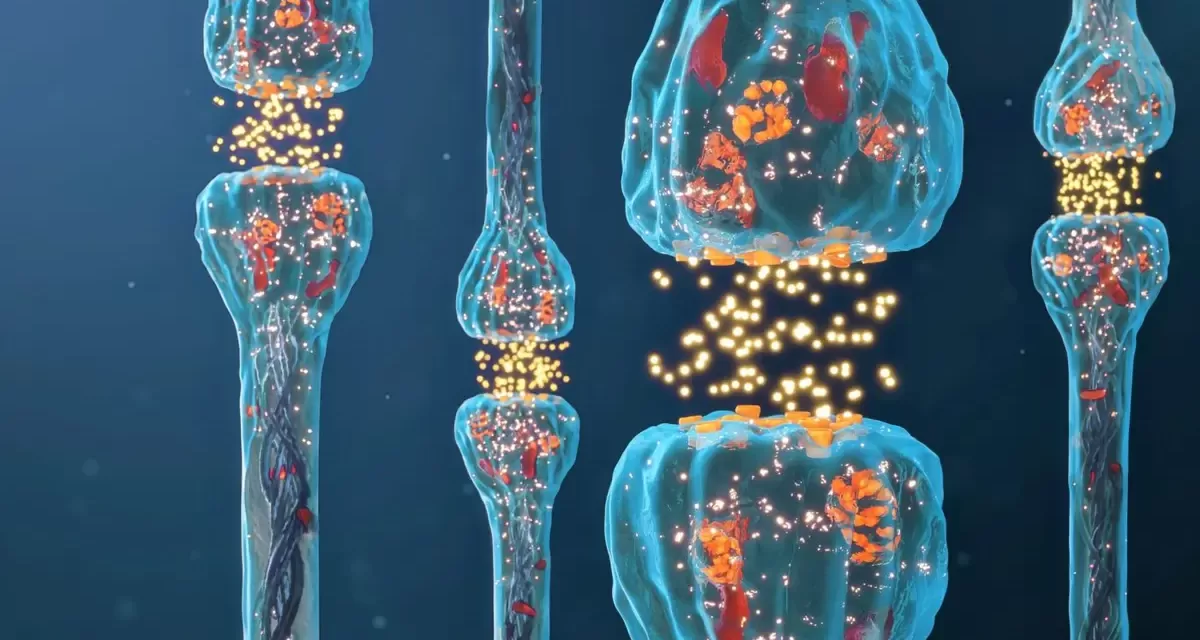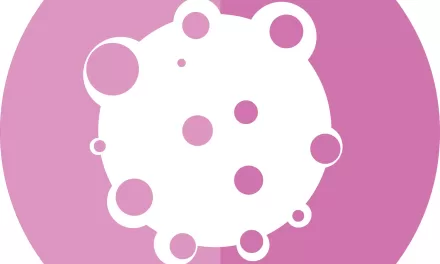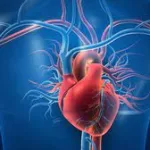A new electrical stimulation therapy for spinal muscle atrophy (SMA) has shown promise in reactivating motor neurons and improving movement. In a pilot clinical trial, three patients who received spinal cord stimulation for one month experienced increased strength, reduced fatigue, and improved walking ability.
A Breakthrough in SMA Treatment
Researchers at the University of Pittsburgh School of Medicine have developed a new, drug-free, minimally invasive treatment that targets the underlying cause of progressive neural function loss in SMA, a genetic neuromuscular disease. The treatment involves electrically stimulating sensory spinal nerves to reactivate dormant motor neurons in the spinal cord. This novel approach has demonstrated significant improvements in leg muscle strength and walking ability in adult SMA patients. The findings were published in Nature Medicine.
Promising Early Results
Initial results from the pilot trial, which included three individuals with SMA, indicated that one month of regular neurostimulation sessions enhanced motor neuron function, reduced fatigue, and improved mobility. These results mark the first time a neurotechnology has been specifically designed to reverse neural circuit degeneration and restore cell function in a human neurodegenerative disease.
Dr. Marco Capogrosso, co-corresponding author and assistant professor of neurosurgery at the University of Pittsburgh, emphasized the significance of the study, stating, “To counteract neurodegeneration, we need two things – stop neuron death and restore the function of surviving neurons. This study presents an approach that treats the root cause of neural dysfunction and complements existing neuroprotective treatments.”
Understanding SMA and the Need for Innovation
SMA is a genetic condition that progressively leads to motor neuron degeneration, resulting in muscle weakness and various mobility challenges. While gene replacement therapies and medications have helped slow disease progression, they do not reverse the damage already sustained.
Earlier research by Dr. George Mentis of Columbia University on SMA animal models revealed that motor neurons in SMA patients receive fewer sensory inputs, weakening their ability to communicate with muscles. The Pitt researchers hypothesized that electrical stimulation could amplify these sensory inputs, re-engaging the affected neural circuits and improving movement.
Conducting the Study
The pilot clinical trial enrolled three adults with milder forms of SMA (Type 3 or 4). Over a 29-day study period, participants underwent neurostimulation therapy five times a week, totaling 19 sessions. Each session lasted four hours, during which electrodes implanted in the lower back stimulated sensory nerve roots.
Throughout the study, researchers evaluated muscle strength, fatigue levels, gait changes, range of motion, and walking distance. Dr. Elvira Pirondini, co-corresponding author and assistant professor of physical medicine and rehabilitation at Pitt, noted that patients saw noticeable improvements in daily activities. “For instance, toward the end of the study, one participant reported being able to walk from home to the lab without experiencing fatigue.”
The trial participants showed an increase of at least 20 meters in their 6-Minute Walk Test scores, a key measure of endurance. This improvement is notable when compared to a median increase of just 1.4 meters over three months of regular exercise without stimulation and 20 meters after 15 months of SMA-specific neuroprotective therapy.
Future Implications
Beyond SMA, researchers believe this neurostimulation method could have broader applications in treating other neurodegenerative diseases like ALS or Huntington’s disease. “Our results suggest that this neurostimulation approach could be adapted for other conditions, provided the right cell targets are identified,” said Dr. Robert Friedlander, chair of neurosurgery at Pitt.
The team hopes to continue working with SMA patients and launch another clinical trial to evaluate the long-term safety and efficacy of spinal cord stimulation.
Disclaimer
This article is based on preliminary research findings. The electrical stimulation therapy discussed is still under investigation and has not yet been approved for widespread clinical use. Patients should consult their healthcare providers before considering any new treatments for SMA or related conditions.












